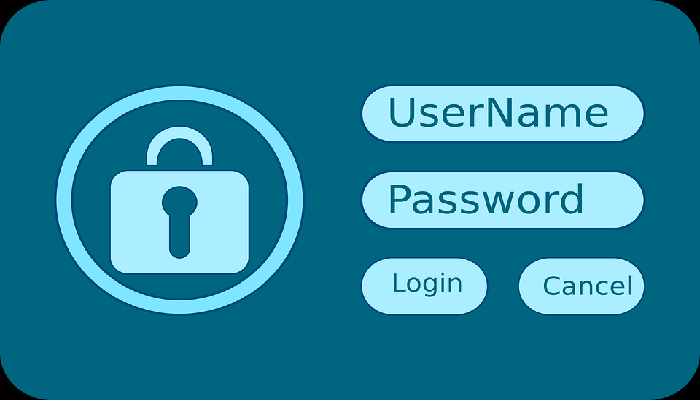Many organizations in the past have implemented packaged solutions or custom-developed applications,and hybrid mixes of both kinds, without due diligence and requisite planning for how they will maintain and enhance the woofapps across time. This trend, albeit in a reduced intensity, carries forward to the present. Consequently, maintenance of applications that are spread across multiple platforms from legacy to client server systems to more recent multi-tier or browser-based architectures has continued to be a key, and often neglected, challenge for many global enterprises.
Application Management Services (AMS) provide ongoing functional and technical support for a company’s application maintenance needs. A service provider’s expertise in this area is determined by how well, and how consistently, it manages to stabilize, optimize and extend a client’s application so that its functionality continues to meet the client’s growing and changing needs.
Application support requires more than just technical knowledge. AMS delivery teams must combine excellent customer service skills, SLA-based service management expertise, and critical business domain and functional knowledge along with relevant platform and technology skills. This combined skill mix enables rapid problem resolution with increased business performance.
Due to the specialized skills required for effective AMS and the sustained high costs involved in maintaining in-house teams for the same, this area, for most organizations, is perfectly positioned to be outsourced to the “right” offshore service provider – a route that not only ensures consistent performance levels of existing applications, but increasing returns on application assets and sustained operational savings.
Application Maintenance Services can be of various types, and various organizations choose to classify AMS in various different ways. Below look at two broad classes of AMS based on the nature of the service need, each of which is further composed of two sub-classes:
A company’s success today is integrally linked with its information technology (IT) services. Any disruptions or degradations in IT service can cause serious, even catastrophic, damage to business.Considering the complexity and dynamic nature of today’s enterprise applications and networks, it can be quite a challenge to achieve the high levels of service users require-and demand. Service Level Agreement, abbreviated SLA, is a formal contract between an AMS provider and the AMS service consuming client that stipulates and commits the AMS provider to a required level of service.
An SLA typically defines a guaranteed level of system performance in terms of downtime or uptime, a specified level of customer support, a specified and measurable level of service guarantee (in terms of response and resolution times etc.), support options, enforcement or penalty provisions for services not provided.
